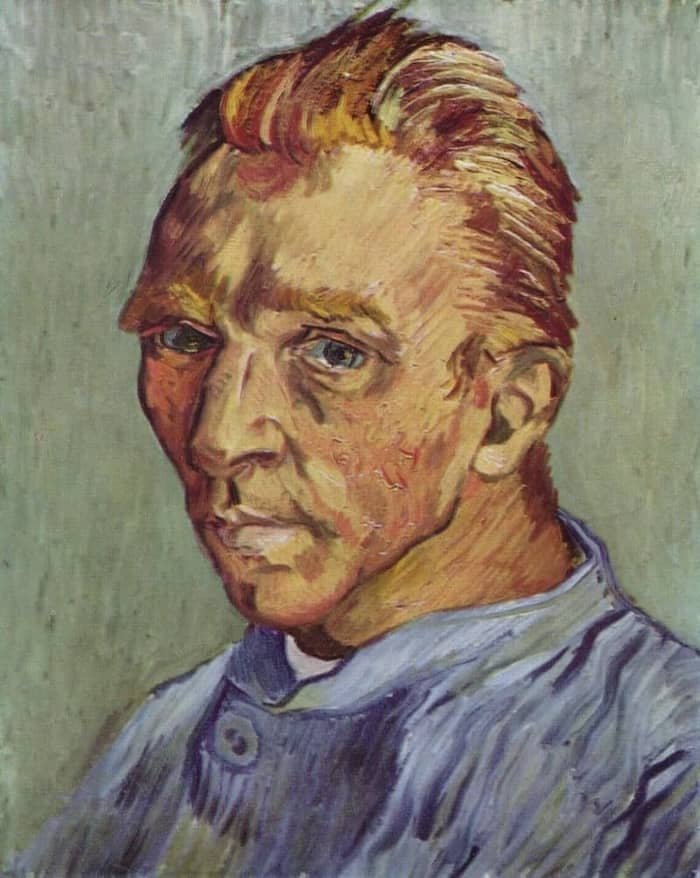Self Portrait without Beard, 1889 by Vincent Van Gogh

Van Gogh, despite his own dreadful financial situation, had always promoted the work of his friends, and in particular that of Bernard and Gauguin. In the summer of 1888 his brother Theo had inherited a small sum of money, part of which went towards the continued support of Van Gogh. However, at Van Gogh's insistence, another portion of the money was put towards a contract with Gauguin, whereby Theo paid him a monthly fee in return for 12 paintings a year. Gauguin's stay with Van Gogh was suggested by Theo to minimize the two painters' costs by them sharing their accommodation. Though Van Gogh had been anxious for Gauguin to join him, he was also concerned with the added responsibility now on Theo's shoulders, which got another indication of the complexity and polarity of Van Gogh's relationship with his brother.
This Self Portrait without Beard was painted by Van Gogh after his relationship with Gauguin boiled over, and the melancholy resonance is quite evident. It is a haunting image, one of many such depictions of the artist, whose life was starting to unravel as he increasingly suffered from his mental anxieties.
Self Portrait without Beard is one of the most expensive paintings of all time, selling for $71.5 million in 1998 in New York City. At the time, it was the third (or an inflation-adjusted fourth) most expensive painting ever sold.




















